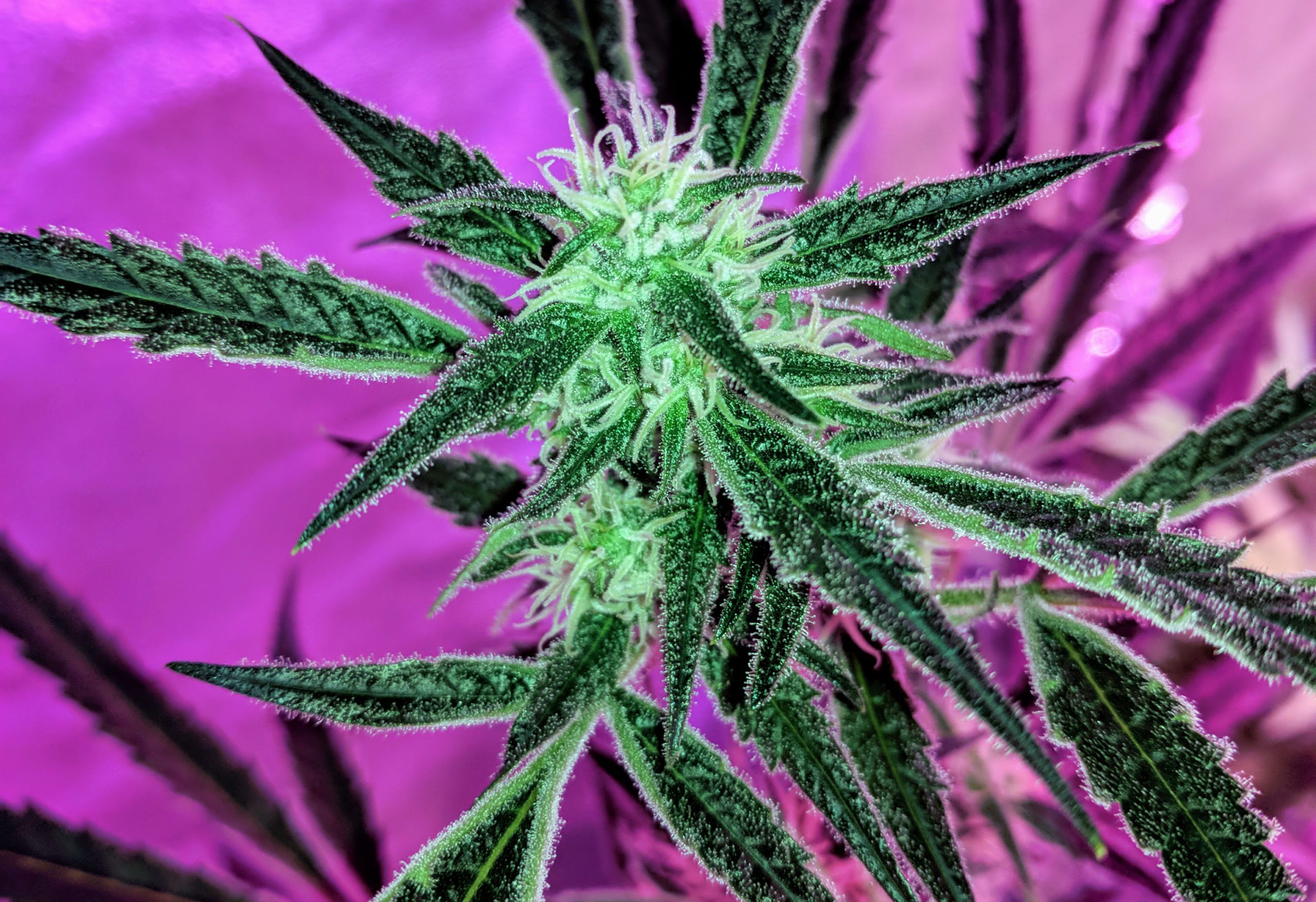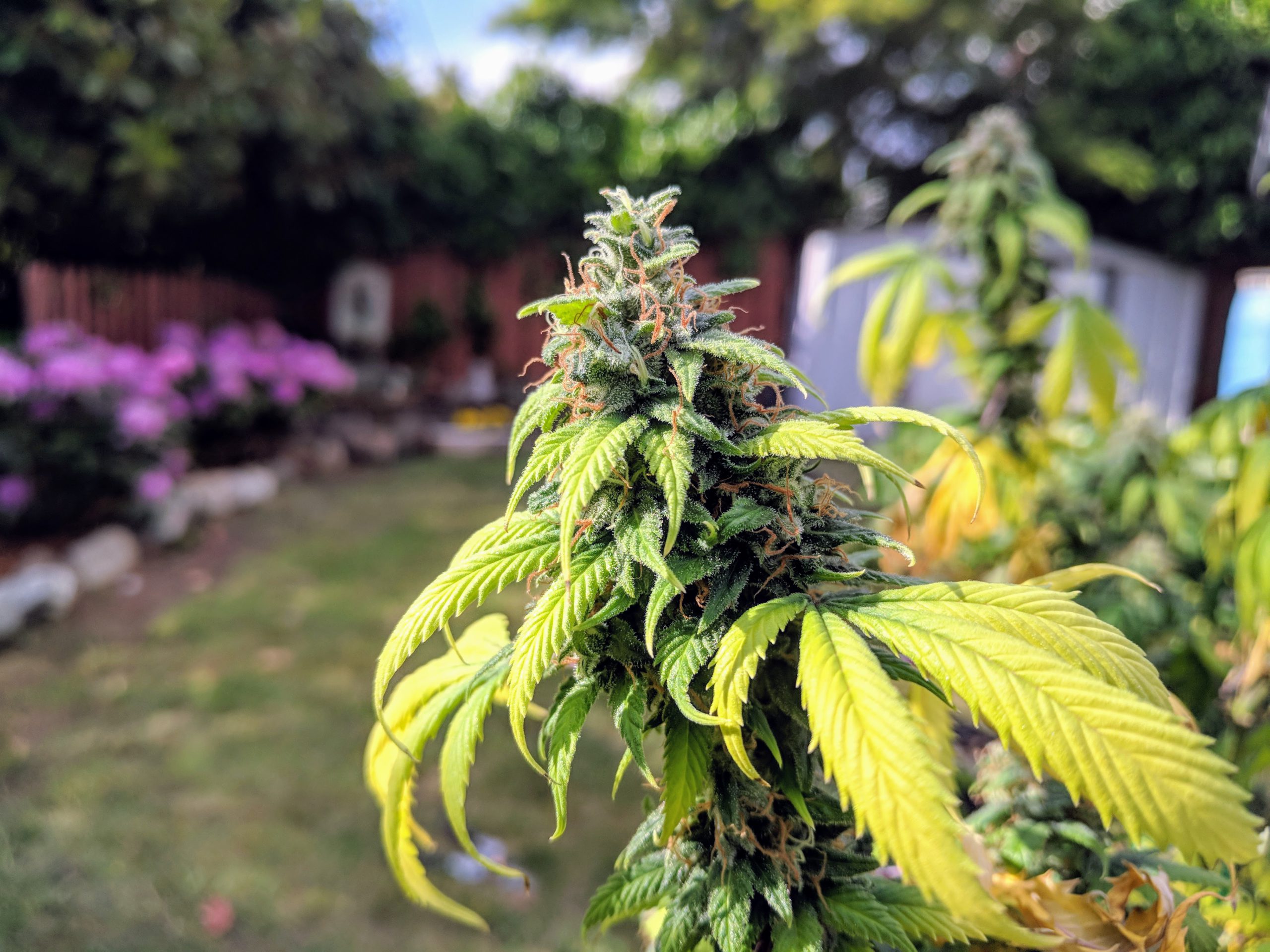Often people think of cannabis gardens as a prohibition-era back room or basement utilitarian affair. It doesn’t have to be that way though, if you happen to live in one of the areas that have legalized cannabis cultivation, you can incorporate the plants into your life and into your existing gardens – it is a beautiful and robust plant.
There are many options for where to grow, and your choice will mostly depend on your needs and what’s practical. You’ll want to consider stealth, available space, how much you want to grow. Be creative and use or modify spaces you already have – as long as they meet the basic rules of a good growing space.
What makes a good grow space?
In the sections that follow we’ll cover the pros and cons of the different grow space options, but there are a few rules that are common over all the possibilities:
Good ventilation – Without proper ventilation, the air in your grow space will become very humid and hot and lead to mold, disease, and stress. A good grow space is well ventilated to make it easy to exchange fresh air.
Heat control – Cannabis likes the same temperature ranges as you do; too hot or too cold and the plant shuts down. Therefore, a good grow space keeps temperatures between 65F (18C) and 80F (27C) and never less than 60F(15C) and never more than 90F (32C). Cannabis can take more extreme temperatures, but these ranges are good targets for indoor production.
Light Control – Traditional photoperiod cannabis strains need over 12 hours of uninterrupted darkness in a 24-hour cycle to flower. Even a quick sweep of light can cause the plant to stop flowering. A good grow space for photoperiod strains can be completely blacked out.
Vertical Space – Cannabis can get tall, from 1′ all the way to 20′ (6.6m) tall, depending on the strain. You will need to select a strain that will fit into your space and use topping and training to make the most efficient use of your space and lights. Remember that lights hang down at least 1 foot (0.3M), and you will need to keep at least the same amount between the lights and canopy. A good grow space is at least 2′ (.6M) taller than the top of your plant after it’s done growing.
What options are there?
Outside – Cannabis is often grown outside and is an excellent option if available to you. The sunshine is free and the open air is great for growing cannabis. Make sure you are aware of local regulations.
Space Bucket These are self-contained environment-in-a-bucket are perfect for single plant stealth gardens.
Grow Box – They are a great option for small and stealthy grows for single plant production. You can pick these up premade or make your own or repurpose an old piece of furniture.
Closet – A spare closet can make an ideal grow space because they offer good height and are good at keeping light contained. You will need a fan for ventilation in most closets.
Grow Tent – Grow tents range in size, from 2′ x 2′ (.6m x .6m) on up and are great options for all phases of cannabis life. Tents have great ventilation, reflective walls to make efficient use of lighting and they keep light contained to keep your grow stealthy.
Farmers often use multiple methods throughout the plant’s lifecycle. For instance, you might veg in a space bucket, but move to a grow tent for flower, or veg in the sunlight and finish under lights.

Growing Marijuana Outside
Cannabis grows great outside in most places that people live, so it will probably work where you live too. You will need to select a strain that grows well in your region and environment. Cannabis loves sunshine, so make sure to place it in an area that gets plenty of sun. If you keep it in a container, you will be able to move it around as the sun angle changes to optimize its light intake. If you plant it directly into the ground, cannabis plants can grow very large.
The major issue with growing outside is that growing cannabis is illegal in many localities. Check your local laws and be sure to stay in compliance.
Pros: The light is free and on its own timer.
Cons: Growing outside isn’t very stealthy, and you won’t have any light control.
Growing Marijuana in a Space Bucket
Space buckets are made by connecting a couple of five-gallon buckets to form a tube. Install 3 or 4 lights in the lid and cut holes in the side of the bucket for additional lights and fans. Add as many buckets as you want for extra height. In the end, you’ll have a self-contained grow tube.
You probably have a lot of the stuff you need to build a space bucket already: The major drawback here is that you will be extremely space constrained and will likely need to train all but the smallest strains.
Pros: Growing in a bucket is very stealthy and a reasonably efficient way to grow. Buckets also have excellent light control.
Cons: Buckets are space constrained, and 3 or more 23 watt CFLs in a small area heats up very quickly. You will need to have plenty of ventilation and select a strain that does well in small spaces.
Growing Marijuana in a Grow Box
Grow boxes are self-contained cabinets meant to grow plants from start to finish. You can make your own from an old cabinet, lights, and fans.
You can also buy turnkey solutions complete with lights and hydroponics kits. These make for perfect small stealth grows, but are expensive.
Pros: Grow boxes are stealthy, self-contained and have excellent light control and a great for space-constrained gardens.
Cons: You’ll need to proactively keep your plant the right size through topping and pruning.
Growing Marijuana in a Closet
Closets can make great grow spaces if you have a spare one available, just add lights and a small fan, and you’re ready to go.
Pros: You probably already have one, so there isn’t an up-front cost. If your closet has a door, they are stealthy and have good light control.
Cons: Closets don’t always have proper ventilation and can be space constricting.

Growing Marijuana in a Grow Tent
Grow tents are specially made ‘tents’ with canvas on the outside and a mylar coating on the inside to reflect light on the plants. Lights are hung from bars on the ceiling, and fans can be placed at ventilation openings.
Tents use blackout zippers to fasten the doors, and most vents can be velcroed, zipped, or cinched shut for complete ‘blackout’ light control. Tents come in a variety of sizes to suit your space. Make sure the tent has a metal frame and quality metal connectors.
Pros: Grow tents are efficient and have the best ventilation and light control of any option.
Cons: Grow tents can take up a lot of space.
We recommend these 4×4 grow tents from Mars Hydro because they are durable and have great light control and ventilation. For a smaller footprint, try out these 3×3 tents from Viparspectra.
How do I manage heat & humidity?
No matter where you grow, ventilation and temperature control are key to a successful grow. Remember that cannabis plants like the same conditions as you. If it’s too hot or cold for you, it will be too hot or cold for your plant. Similarly, if it’s too humid or dry for you then it will be the same for your plant.
In general, you will want to keep your grow space between 70°F-80°F (21°C-26°C) throughout the plant’s lifetime. Relative humidity ranges decrease throughout the plant’s life cycle, with seedlings being between 60-80% and full flowering plants being between 40-45% relative humidity.
Too Hot: The easiest way to decrease heat is to increase the ventilation in your grow space, and the easiest way to increase ventilation is to add fans and vents. Box fans are a good option, but compact duct fans work the best in tents. In cases where lighting is causing heating issues, try replacing it with modern LED options that will burn cooler.
Too Cold: If it’s too cold, turn on a heater. Heating pads specially produced for gardening will keep the roots warm. Incandescent bulbs don’t really help your plants grow, but they burn fairly hot and can be used to supplement heat.
Too Dry: Add a humidifier; you can pick up very cheap units at your local drug store. Decreasing ventilation and airflow can also help, but that will also cause increased heat.
Too Humid: The easiest way to decrease humidity is to increase ventilation. Decreasing temperature can lower relative humidity.
We use these duct fans for our tents – a 6 inch fan work well for 4×4 tents and 4 inch fans for smaller tents.

How do I keep pests out?
No matter where you grow, keeping a clean grow space is a great preventative measure against pests. Keep old vegetative matter off the ground, and don’t leave standing water. Make sure to completely clean and disinfect between grows to prevent disease or pest holdover. In the end, pests will probably find your crop, and you will need to be proactive to make sure that they have as little impact as possible. See the section on pest control for more information.
Keep it clean
No matter where you grow, keeping a clean grow space is a great preventative measure against pests. Keep old vegetative matter off the ground, and don’t leave standing water. Make sure to completely clean and disinfect between grows to prevent disease or pest holdover.
What do we recommend?
We recommend what works best for your setup and needs. Be creative; it’s common to start seedlings and veg outside or in a small cabinet and then move to the tent for the flowering stage. The most important things are that your space has good airflow and temperature and humidity control.
If you are looking for tents, we recommend this line from Mars Hydro. They are durable, have great ventilation, and all the bells and whistles you could want in a grow tent. If you’re looking for an all-in-one kit, check out this line of complete kits.
If stealth and space are your biggest concerns, we recommend a grow box.
Next up: Learn about lights
There’s no shortage of options, and the best decision for you depends on many factors. You’ll want to consider heat control and balance cost to purchase and cost to operate when you make y our selection. Our guide will walk you through the options and help you make a clear selection.






